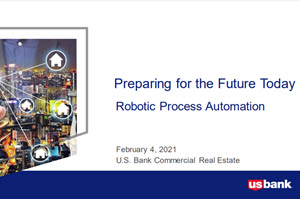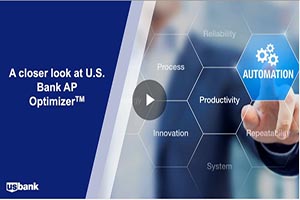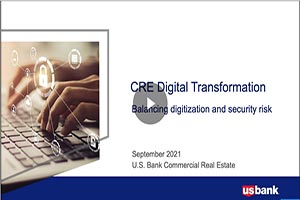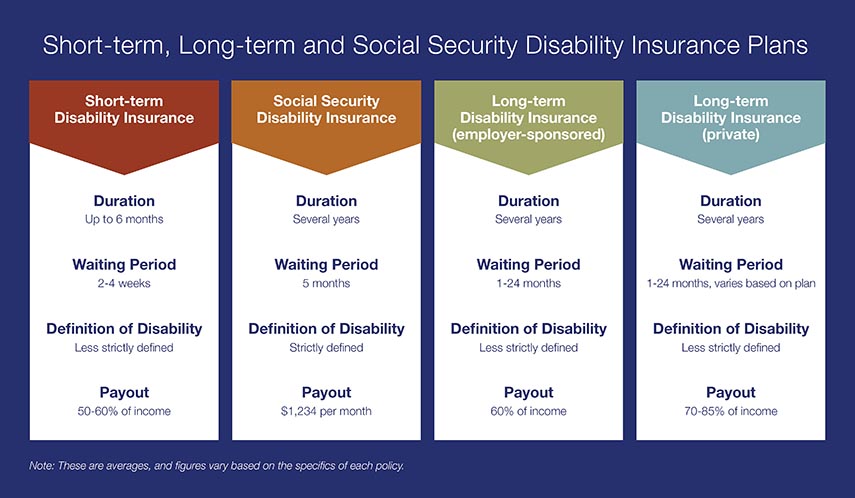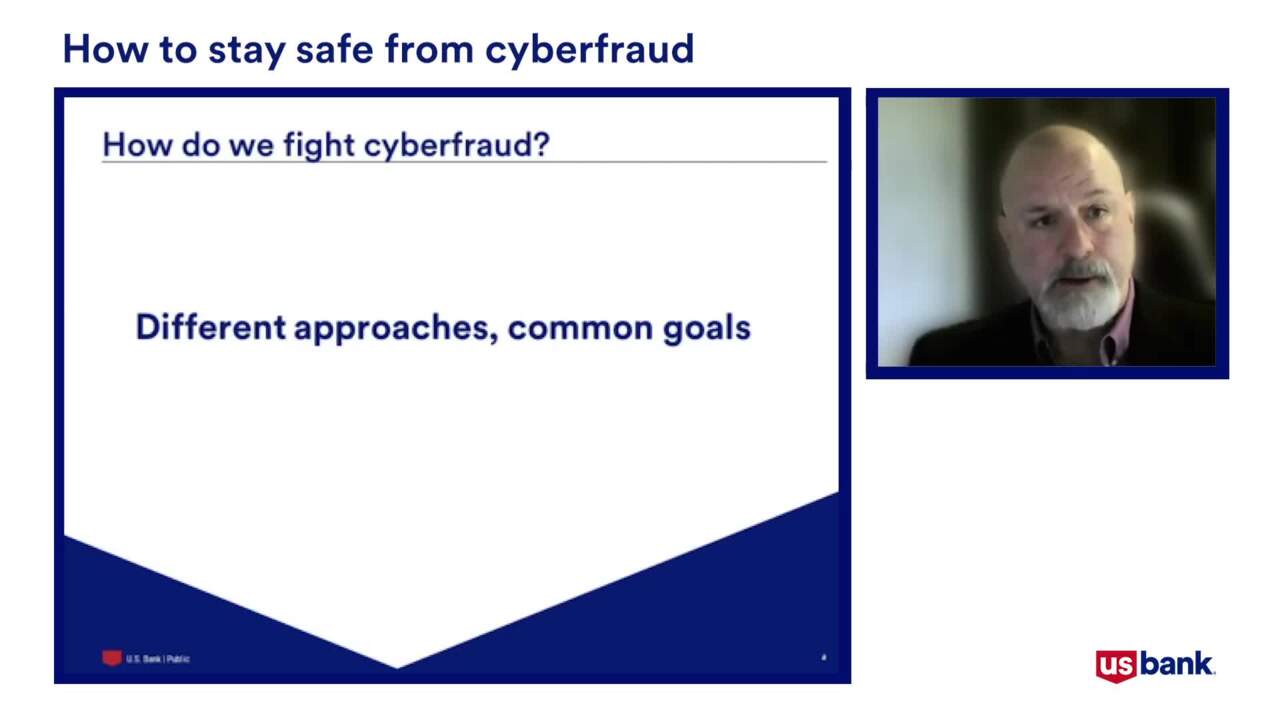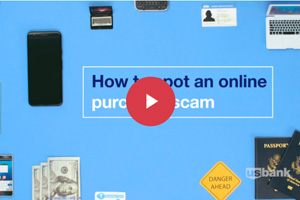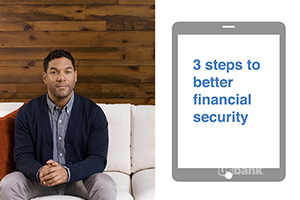Online fraud protection and controls
Protect your workstations
- Update operating system, software, anti-virus, and malware protection
- Limit personal email and Internet use on computers used for online banking activities
- Back up data on separate servers regularly as this helps mitigate ransomware attacks
Prevent malware infection
- Use caution when downloading applications, documents, installing software, opening email attachments
- Beware of download requests from pop-ups or advertisements
- Consider using an anti-malware application, as well as a firewall
- If you believe that your cyber environment was compromised, engage an outside cyber forensics firm to complete a comprehensive review
Safeguard your communications and confidential data
- Avoid using email to send confidential information but if you must, consider using encryption software
- Truncate all but last four digits of account numbers in communications
Establish separate controls for your business online banking application
- Require approvals to authorize ACH, wires, remote deposits and adding users or changing user profiles
- Ensure initiators and approvers use different workstations and require DUAL approvals
- Require use of security tokens, with strong authentication, for payment applications
- Review employee access privileges and limit system administrative rights
- Remove privileges for terminated employees
- Ensure user access and entitlements are up to date and accurate
- Ensure users know their system webpages and functionality, so suspicious content is easier to spot and is reported quickly to the bank
Monitor account balances and activity daily
- Report any suspicious activity immediately to your bank and alert your users
- Activate notification features in online banking applications
Review your tech infrastructure and security patches
Even the best-laid plans won’t succeed if your IT infrastructure falls behind on security updates. As new real-time payment options arise, those back-end systems must adjust to handle new venues for malware and spyware to infiltrate.
Consider the following short-term steps to shore up your back-end security:
- Ensure all systems are current with security updates and anti-virus software
- Review password policies for best practices in security
- Expand multi-factor authentication processes, including the use of security tokens and biometric authentication
- Validate any request to add or update customer information
Combating these risks may require your organization to refresh more traditional fraud prevention infrastructure and practices.
Paper check controls
Check approval practices
- Preauthorize high dollar value checks before the checks are written
- Do not sign checks without the recipient and amount information completed
Review your check stock controls
- Select a highly qualified, established check vendor
- Use a different style of checks for each account for easy recognition
- Incorporate security features into check design
- Store blank checks and check printing equipment securely
- Limit the working supply of checks removed from the secure area
Check processing controls
- Monitor check orders to ensure receipt of exact quantity
U.S. Bank fraud prevention solutions
Ensure dual approval verification practices
No matter which solutions you choose, you must be confident that the people on the other end of your transactions are the rightful recipients. Fraud — both external and internal — can occur in any transaction, but the increased speed of modern payment solutions often means less time to catch fraudulent requests.
Fraud risk affects both payers and payees, in financial and non-financial terms. Even if payments are revocable (with some modern payment options), fraudsters might empty the recipient accounts before a revocation attempt. Reputational risks can also arise in these cases.
Banking partners and modern payment providers have measures in place to prevent and mitigate losses, but the burden to build verification best practices falls to organizations that choose to use the payments method. And most of the platform-specific fraud risks trace back to the goal of ensuring payer/payee account authenticity.
For SinglePoint® online access
- Install IBM® Trusteer Rapport® to detect and eliminate malware (free to SinglePoint users)
- Receive payment service alerts by email, text, or fax: SinglePoint Alerts & Notifications
For paper check disbursements
- Review exceptions daily and make payment decisions: SinglePoint Positive Pay
- Review payee exceptions daily, make payment decisions: SinglePoint Positive Pay - Payee Option
- View check images online, eliminate storing cancelled paper checks: SinglePoint Image Access and SinglePoint Image File Delivery
- Reconcile accounts daily or monthly: U.S. Bank Account Reconciliation (ARP)
- Outsource check processing to eliminate the storage of check supplies: SinglePoint Check Payables
For deposit-only
- Place blocks on accounts to prevent unauthorized debits: U.S. Bank Check Filter Service
- Reconcile deposits weekly or monthly: U.S. Bank Deposit Reconciliation Service
For ACH transactions
- Use Account Validation to ensure the account you are being asked to send a payment is open and owned by the intended payee.
- Ensure dual authorization is required: SinglePoint ACH Origination
- Ensure approvers are vigilant in their final review and approval of all outbound monetary transfers
- Set appropriate transaction limits for each initiator and approver of monetary transfers
- Review exceptions online for incoming ACH (debits): SinglePoint ACH Positive Pay
- Track ACH Positive Pay authorization status: ACH Filter Rejected Item report, ACH Filter Authorizations report: SinglePoint Information Reporting
- Prevent ACH originators from debiting your account: ACH Block, Business Check Block
- Control access to your account by customer ID and dollar amounts: ACH Filter
For wire transfers
- Ensure dual authorization is required, especially for non-repetitive transfers: SinglePoint Wire Transfer
For regular review of your account information
- Review your accounts online, at any time: SinglePoint Information Reporting.
U.S. Bank is committed to helping you meet your treasury management needs including fraud prevention. To learn more, contact your U.S. Bank Relationship Manager or Treasury Management Consultant. To find a consultant near you, email a request to TreasuryManagementSolutions@usbank.com.










